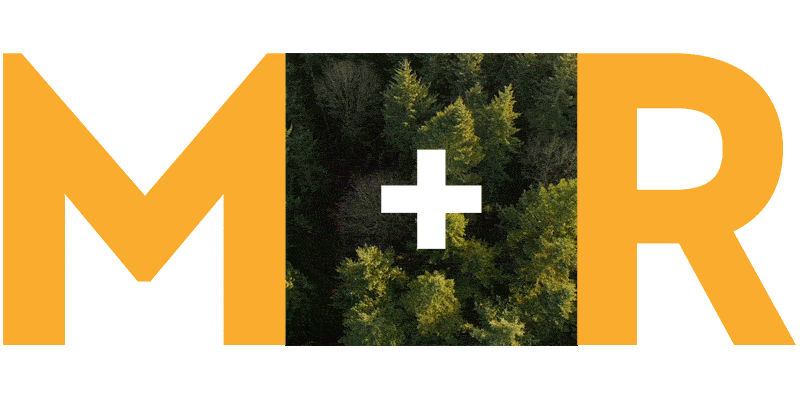A digital-first (or digital-only) model for canvassing isn’t just a smart use of resources—for many nonprofits and campaigns, it’s an essential part of electoral strategy during a pandemic.
If you’re running one of these efforts, NOW is the time to look beyond November 3 and use your canvassing efforts to build power, boost long-term organizing, and hold officials accountable once you do get them into office.
We’ve argued for years that electoral programs need to move beyond extractive, cycle-based models of voter contact and invest in long-term powerbuilding within the community. Unfortunately, election season canvassing and long-term organizing are siloed at many organizations—but your canvass and organizing programs don’t need to be frenemies. You can (and should!) build a symbiotic relationship between the two programs. Here’s how.
Use your digital canvass to ID potential volunteers.
The first step is easy. You’re already spending your days talking to thousands of potential voters, and you’re bound to come across folks who are excited about your work and may want to get involved in a deeper way.
Simply mark these enthusiastic supporters down as a hot lead in your tracking system. This won’t tack on any additional time to the interaction (so it won’t hurt your canvass rates), but it will help create a list of potential volunteers so you can…
Send hot leads to organizers while they’re still hot!
This is arguably the most important—and most difficult—part of the process. Regardless of the system you use to track your canvass contacts, your program needs to set up a way to ensure the names and contact info of hot leads are sent over to organizers in real time (or if that’s not possible, then at the end of each day).
Speed of follow-up is critical, and building a list of potential volunteers won’t be useful unless organizers are able to access it quickly so they can reach out to hot leads within 24-48 hours. Otherwise, your hot leads will become warm or cold leads, and the time your organizers spend following up with them will be less fruitful.
Think about this follow-up call or P2P text as an initial 1-on-1 meeting. It’s a chance for organizers to build a relationship with their potential new volunteers and to make an ask so volunteers can plug into the organizing campaigns.
And it probably goes without saying, but when setting up your data pipeline (how you move data from one piece of your program to the other), it’s important to open up a direct line of communication between your canvass and organizing programs. Integrated programs succeed with this model far more frequently than those that are siloed.
Use data to fine-tune the model.
Data is your best friend and is an important tool to help make sure this model is working the way you need it to. Track how many hot leads the canvass identifies, how many leads organizers follow-up with, and how many become actual volunteers. In a few months, you can use that data to analyze how your program is working and make adjustments accordingly.
The first few weeks might be rocky, but stick with it! Integrated programs like this take some trial and error and a lot of communication across departments. Be patient and keep fine-tuning your processes until you strike gold!


